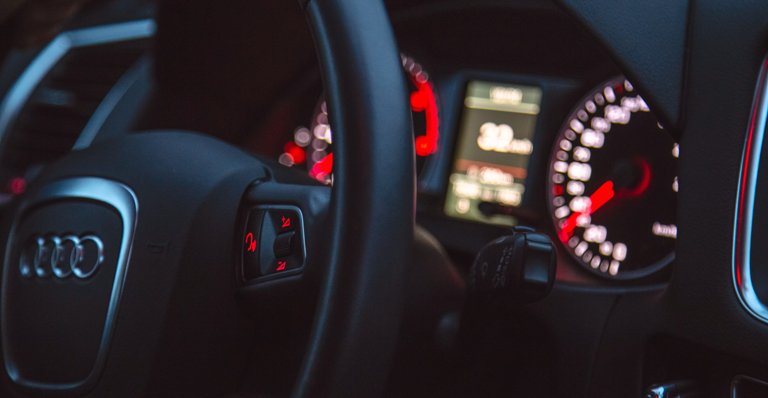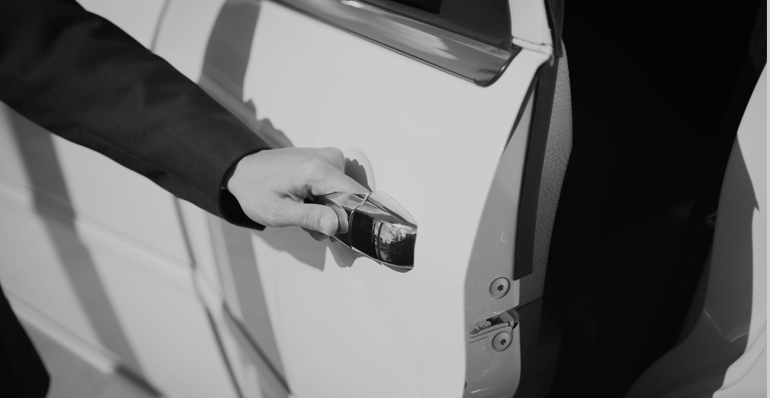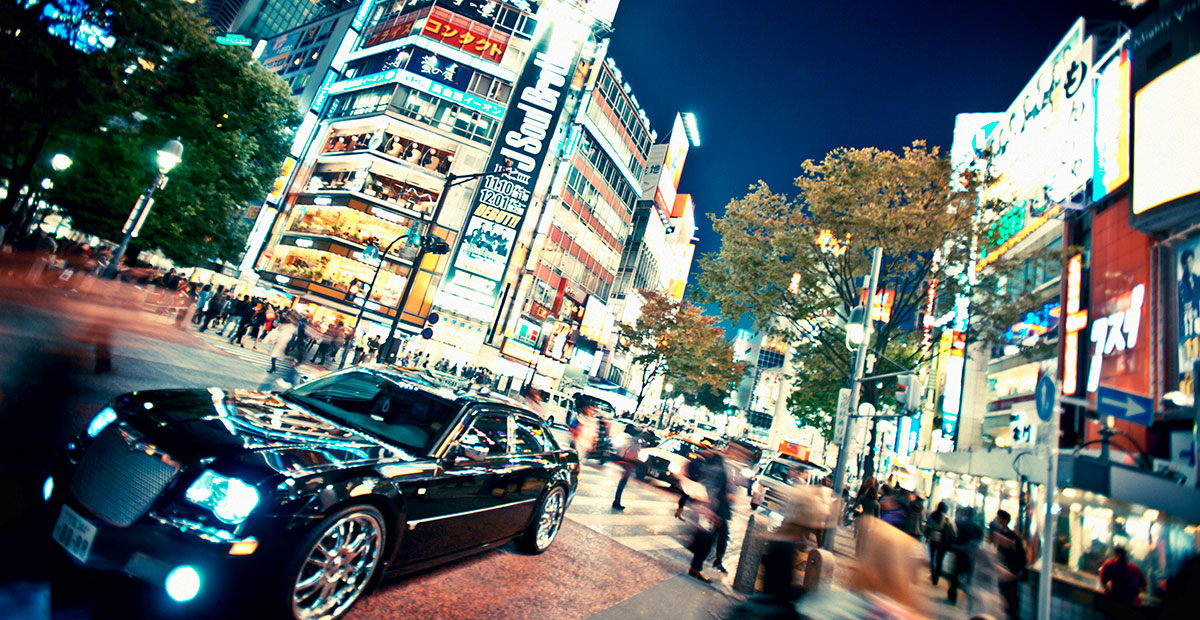Brooklyn was an independent incorporated city and previously an authorized village and town within the provisions of the New York State Constitution
New York Airport Service is a private bus company that provides transportation between New York metropolitan area airports and Manhattan. The service is meant to provide a middle ground between the cheaper, but slower forms of government-owned public transportation (MTA Regional Bus Operations, New York City Subway, or Long Island Rail Road) and the quick but expensive taxicabs
- New York Marriott at the Brooklyn Bridge, Brooklyn (11201)
- Aloft New York, Brooklyn (11201)
- McCarren Hotel & Pool, Brooklyn (11249)
- Sheraton Brooklyn New York Hotel, Brooklyn (11201)
Scheduled stops are at John F. Kennedy International Airport, LaGuardia Airport, New York Penn Station, Grand Central Terminal, and the Port Authority Bus Terminal. Various Manhattan hotels are also served through reservations. New York Airport Service held a permit with the Port Authority of New York and New Jersey, the operator of the airports, until January 2011 allowing it to operate express motorcoaches between the airports and Manhattan.
The most populous county in the U.S. state of New York, and the second-most densely populated county in the United States, after the county of New York
It no longer holds that permit, but continues to operate service to and from the airports through sister company GO Airlink Shuttle using vans.







